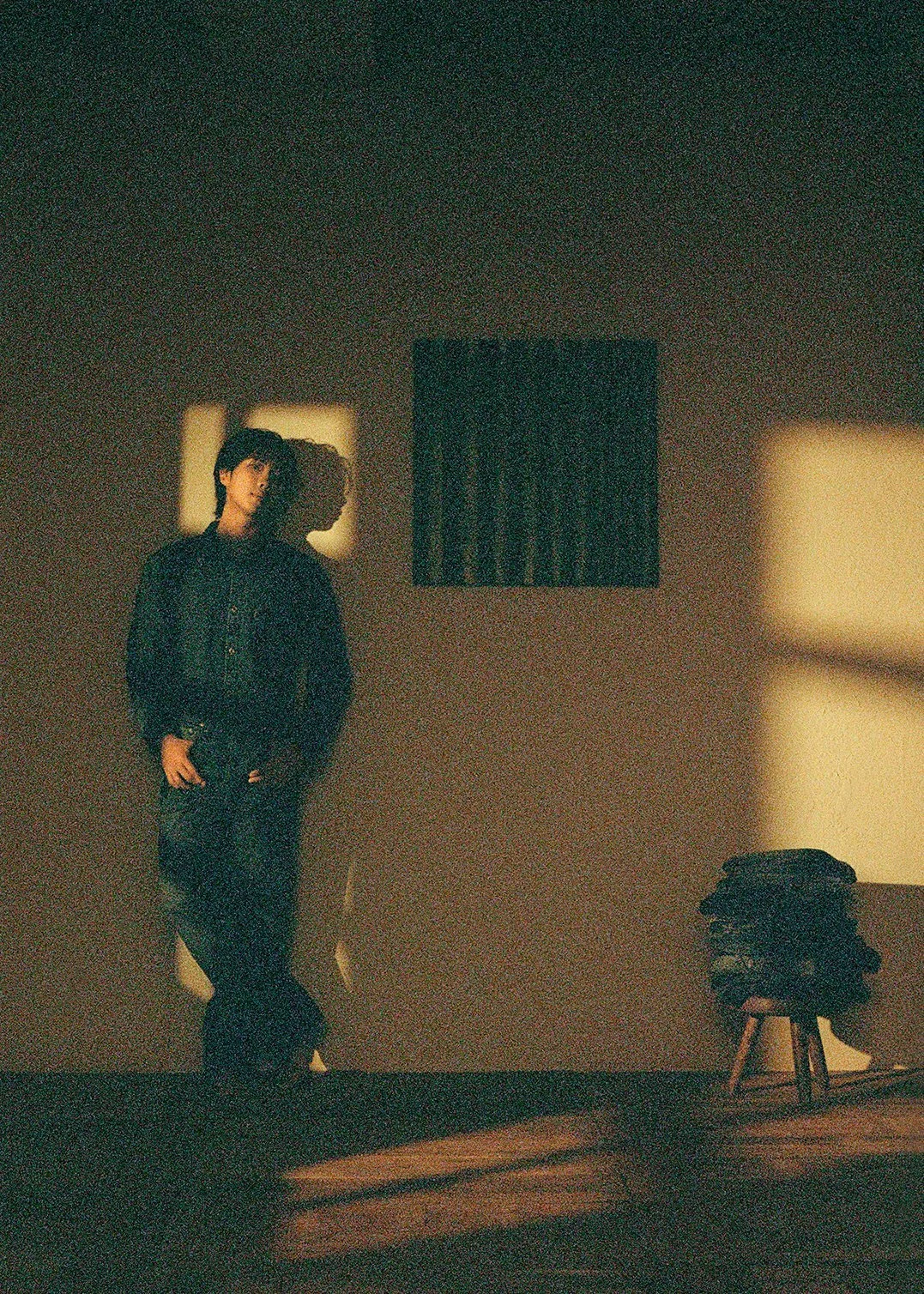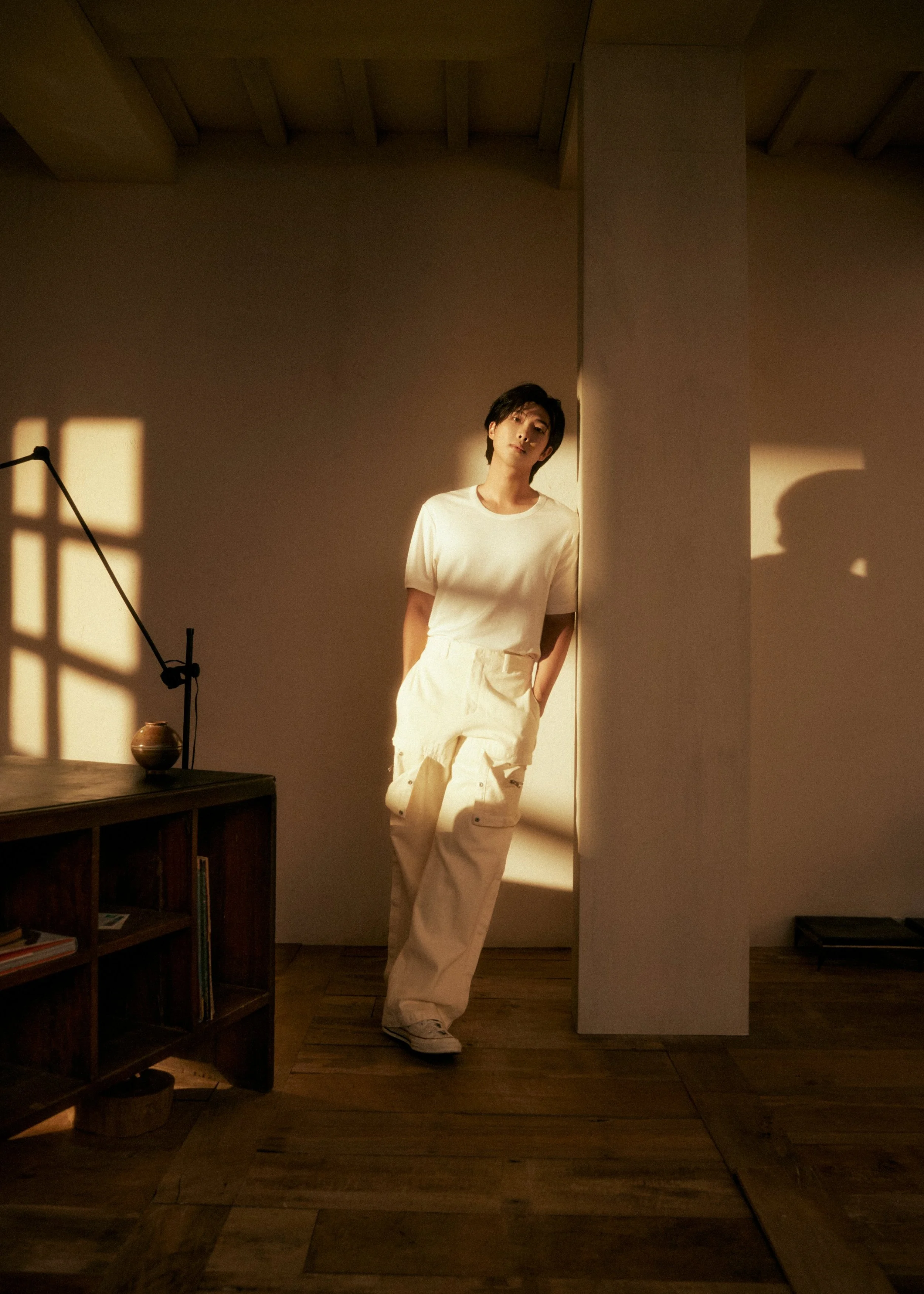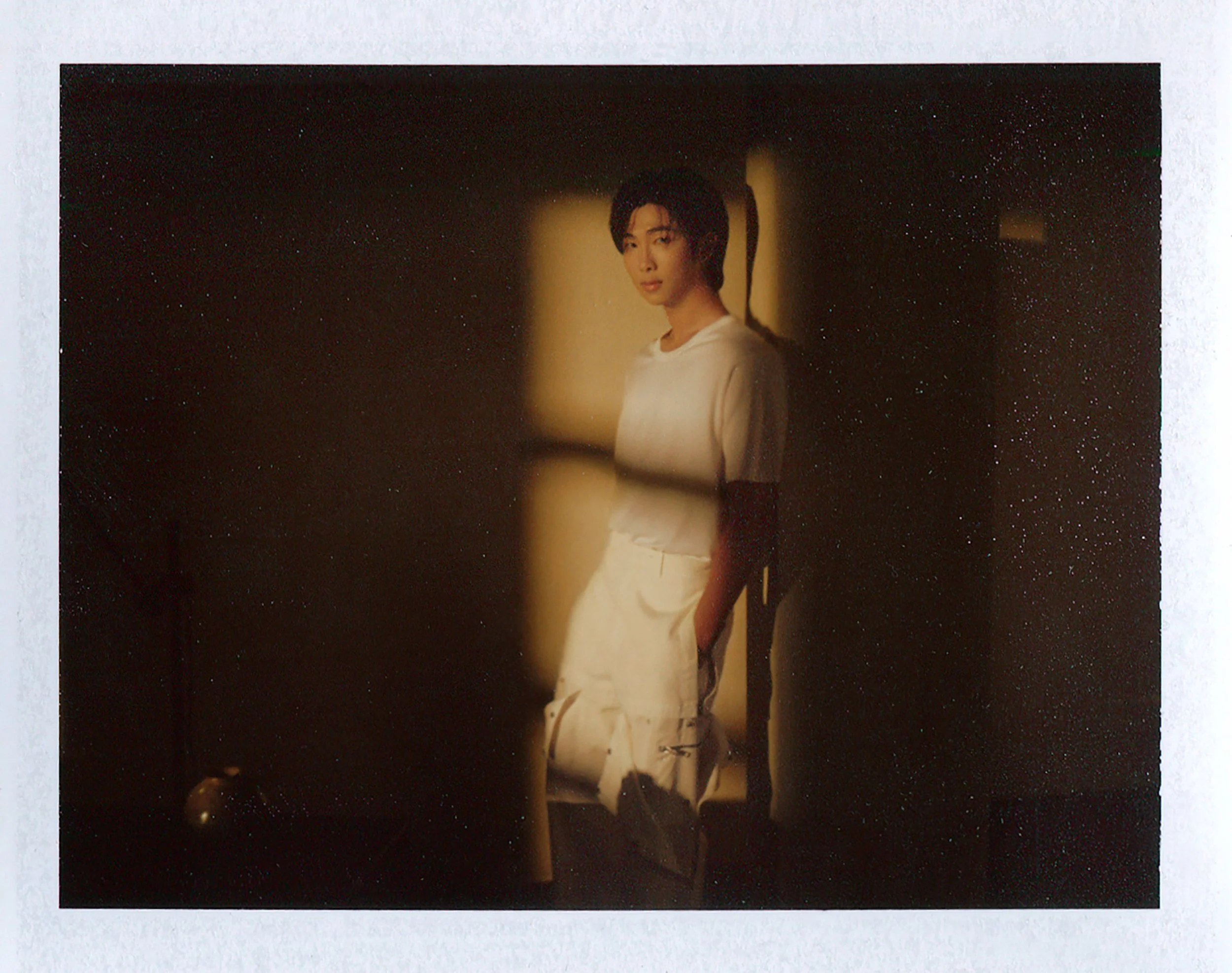INDIGO CHART READING
“I have spent a long time in the dark searching for answers to what I want and who I am. I call this artwork Indigo,” says Namjoon (RM) in one of the teaser clips for his debut studio album Indigo, out on December 2nd. This is a dive into the astrology of that artwork, and what it might reveal about the colors, textures and stories Namjoon has chosen to offer us.
At first glance, Indigo’s astrological signature is bright, bold and brilliant with its Sagittarius Sun, Aries Moon and Aries Ascendant – both fire signs known for their speed and high energy. It is shards of golden sunlight reflecting off water; clouds on fire at dusk. But like many creative works, this album isn’t so straightforward. Indigo’s chart layers reveal themselves and unravel slowly in “shades of blue,” as I imagine the collection of songs itself will.
If we start from the rising sign, we find an Aries 1st house ruled by a Mars retrograde in Gemini. As with any astrological chart, the ascendant place and its ruling planet are representative of the whole chart. In Indigo’s case, Mars acts as a guide for the album’s expression in the world. As the planet of drive, movement and breakthroughs, we might expect something fast-paced and direct from Namjoon. However, retrograde planets don’t move in the same way as planets moving forward. They wander, go sideways, have to move in the dark, refuse or aren’t afforded straightforward routes (more on that here). They get lost, tired, frustrated.
Retrograde planets don’t know things and they don’t have focused aims. Instead, they introspect, look to past experiences, and seek. They spend time searching. Mars retrograde ruling this chart feels like a clear reflection of the way Namjoon has described Indigo as “the last archive of his twenties.” Although it is carefully curated and presented, it is also organic and non-linear because it is first and foremost documentation. It’s the record of a process – the process of living itself, with all the growing (pains) and changes contained within.
The fact that Indigo’s Mars is in Gemini in the 3rd house offers us further insight. Gemini is a space of information exchange, communication and mental processes, while the 3rd house speaks to our local environment and how we relate to it day to day. This suggests Indigo may well touch on the development of Namjoon’s relationship to caring for himself and the microcosm of his day to day life. He’s spoken openly about depression in the past few years, as well as the way that struggling with mental health has affected his writing and creativity. His twenties haven’t just carried the natural grief of aging – he has been the leader and international spokesperson of a highly scrutinized group through a global pandemic, within an industry that encourages a fast-paced, boom and bust approach to careers. For someone who has said he was a poet before becoming a musician, who has always poured himself into and processed his emotions through writing, and who is extremely self-critical, being disconnected from such a core part of himself can only have been incredibly painful. We may well see Namjoon touch on aspects of the grief, difficulties and anger he moved through before finding new ways of communicating and expressing himself as part of an expanded knowledge of how to live his life.
In this way, I think the album is also an ode to what has held and anchored him through these past 8 years. He’s talked about how his time spent Namjooning – being in nature, visits to art galleries and museums – alone or with friends is deeply supportive to his wellbeing. These can be thought of as 3rd house activities, since they are about physically being in, connecting to and exploring one’s environment. Through this period of his life Namjoon has created new routines and habits for himself in response to uncertainty and challenges, as well as developed and worked out his relationship to his craft.
This process of growth – like cyanotypes developing, or jeans bleaching in the sun – is both intellectual and embodied, and Indigo’s bright Moon in Aries in the 1st house is an essential part of that story. Planets in Aries are driven to viscerally experience the world, with all its pleasure and danger, while the Moon speaks to how we meet the material world, how we hold and are held, and what impressions and reflections we carry with us in the form of memory. Indigo’s Moon is open and vulnerable about its hunger, its scars, its desire to touch and be touched, and to create an identity – but it isn’t reckless. As Namjoon writes, this represents his “youth in the moment of independence phase,” but there is also a real recognition of everyone standing before and beside him. Woven through this work – and acting as a guiding principle – is a deep thread of care and personal experience, whether contributed by Namjoon or his collaborators. This intimate conversation between past, present and future is what gives Indigo a timeless quality. The process of seeking new ways of being through self-inquiry is nourished by honoring what has come before, and I think that is how Namjoon finds the determination and understanding to keep moving into the unknown.
Saturn in the chart plays an important role, too, from its home of Aquarius in the 11th house. In the space that represents hopes, dreams and networks, the planet of responsibility and maturity reflects the weight of history and tradition – one that Namjoon has always been very conscious of. Indigo has a range of collaborators, many of whom are older, experienced artists, icons and highly respected musicians. They are people who have given him indispensable structure, anchors and support. As he writes, “I owe all of them some minutes, some hours, or even some months or some years of my life. I always wanted to become someone like them to someone else.” Both in life and in his creative process, he’s honoring collaboration, relationship and the fact that he wants and needs people. We all do. With Indigo, he is both the artist and part of the work, understanding himself as part of a larger body of creators, and expressing his wish to offer that same support to others in turn.
Indigo’s Sagittarius Sun is in the 9th house, loosely opposing Mars, along with Mercury and Venus. This part of a chart is about learning, beliefs and structures of knowledge – what we seek to understand and clarify, and what distances we cross both mentally and physically in the process. If the 3rd house is about developing intimacy, closeness and familiarity with our environment, the 9th is a place of stretching towards the horizon, far and wide. The Sun, because it has a similar agenda, also finds its joy in the 9th house. It scrutinizes, examines, searches for answers, and thrives on expanding knowledge.
The axis of the 3rd and 9th houses is about space, and our relationship to it. What spaces do we move through with our minds? Our bodies? And what does this movement look like? This suggests Indigo will capture the theme of change in its own unique way – specifically the bittersweet change that comes with the passage of time, and the surrender to something bigger than ourselves. A Sagittarius 9th house is even more of a space of exploration and awe. In Indigo’s case, it is ruled by a Jupiter in Pisces that invites us into contemplation of the world in all its expansiveness and complexity. What does it mean to be alive, to live and be guided by our principles, and to keep growing and seeking? Namjoon approaches these questions by using a framework of external references, knowledge and histories but ultimately brings it back to himself to synthesize his personal creative flow and sense of belonging in the world.
Jupiter in Pisces sitting in the 12th house of private space and time is the central figure of this chart to me, although (or maybe precisely because) it’s in a deeply hidden and vulnerable space. We have to move through brighter, more luminous layers of color to reach it, the way light changes when it enters water. Jupiter in Pisces is a Romantic, moved by a deep love and appreciation for the very nature and existence of life. It’s the unnameable emotion and stirring in the chest we feel when we’re moved by a piece of art, a symphony, a poem, a forest. There aren’t quite words, but we’re connected to something greater than ourselves – something that reminds us of our place within the larger web of all things, even when we’re alone. When we think about Indigo’s Mercury and Venus, which we can look to to consider how he’s communicating and presenting the album, we find them ruled by that Jupiter – speaking through images, metaphor and impressions.
What is perhaps most beautiful to me about Indigo is that everything has a motion, a depth and a tone to it. This isn’t a static piece of work, it’s an album that will grow with us, adapt, sound different at different times, feel very different at different times. Even the chart itself is a process of diving beneath the surface and finding the quiet place beneath the waves, perhaps mirroring Namjoon’s process of making the album itself and growing through his twenties. In uhgood, he says “I feel so lonely when I’m with me.” In Indigo, I think his relationship to loneliness is no longer a fearful one – it has become a safer place to draw and drink from, despite the ache, because it is also where he finds that transcendental sense of hope. Not hope that’s bright and loud, but a quiet, serene drive to continue dreaming that can be just as tenderly aching as it is comforting.
Namjoon has spent his twenties searching, as many of us do. I don’t think he started this album with an outcome in mind, and I think his idea of what shape it would take in the end probably shifted many times. Indigo is both his emergence and his record of that journey, and I think he won’t necessarily reveal any kind of grand conclusion. Instead, he’s sharing something deeply intimate with us, a subtle interplay of shadow and light. I think he’s offering us a space of what he’s come to cherish as expansiveness in the mundane – his joys, struggles, reflections, feelings, wonder – and saying here, take what you need from this space I’ve curated.
The description of the song Wild Flower – a title which contains a wordplay on fireworks – from the album outlines that it expresses “his wish to live just like a calm wildflower, not a flame that is flamboyant but disappears in an instant.” Indigo feels like it will be a manifesto to the messy, organic, but resilient growth of wildflowers and archival artistic processes. Rugged, adaptable, and beautiful. In 2017, he wrote “Maybe rather than fireworks or cherry blossoms, we need wildflowers. The kind that grows peacefully” in a fancafe post, speaking about his anxiety and uncertainty around the future. I hope he can tell his 22-year-old self that he is still here. That he’s made it through most of his twenties, and that he’s created something he is proud to call his own.
Image credit: @mahoneysuga
*Letter translation credit: @doolsetbangtan on Twitter












